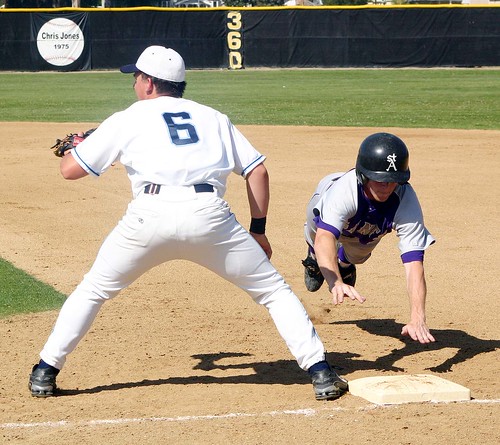
Not to delve too far into the realm of hyperbole, but I had the case of a career recently. The patient was a 77 year old vasculopath. CABG. Carotid endarterectomy. Fem-pop bypass. Basically every major blood vessel was afflicted with some degree of advanced atherosclerosis. Patient X had been admitted several times over a four week period for early satiety and abdominal pain. A CT angiogram of the mesenteric vasculature revealed a near complete occlusion of the celiac artery and a high grade stenosis of the superior mesenteric artery. It was a textbook case of chronic mesenteric ischemia. The plan per vascular surgery was to bring patient X in at some point for elective angiography and stenting of the SMA.
Well the patient apparently hadn't read the playbook. Showed up one day in the ER with severe, unrelenting abdominal pain and hypotension. For some reason, an ultrasound was ordered in the ER and the patient was admitted with a diagnosis of "cholecystitis". And that's how I got involved. Well I went to see patient X and frankly I was appalled. Patient X was in some serious trouble. Looked like hell. Tachycardic. Confused. Diffuse peritoneal signs on physical exam. This is more than just a gallbladder problem, I told the family.
I stepped out for a moment and reviewed the blood work and the previous investigations that had been done. The lactate was elevated to 6. The WBC count was 27k. Other than the ultrasound, no other imaging had been done in the ER. I scanned through the CT angiogram of the mesenteric vessels from a month ago. And this is when things started to move quickly. I called the vascular surgeon to inform him of patient X's admission and current decompensation. He rushed right over and concurred with my assessment. Within fifteen minutes patient X was on the angio table. This time, the angio showed a near complete occlusion of the SMA as well as the celiac. Somehow, they cannulated the take-off of the SMA and were able to dilate and stent it. Instantly, blood flow was restored to the mesenteric circulation. The previously hazy, indistinct fluoroscopy screen lit up with a florid, interlaced arterial arcade.
But the patient still looked like hell. There was peritonitis on exam. We went directly from the angio suite to the OR. Anesthesia was given and I entered the peritoneal cavity. I immediately encountered bilious contamination. I started at the Ligament of Trietz and ran the small bowel all the way to the cecum. The bowel was pink and peristaltic and completely non-pathologic. The colon likewise appeared grossly normal. At this point, my suspicion was for a perforated duodenal ulcer but close inspection of the pylorus/duodenal area failed to demonstrate an injury. The only thing left was the stomach. The left lobe of the liver was retracted out of the way and the rib cage was gently elevated to better display the subdiaphragmatic area. What I saw was shocking. The entire stomach, and only the stomach, was black and gangrenous, and there was a large ischemic perforation on the greater curvature. I was forced to do a total gastrectomy with a super-tenuous esophagojejeunostomy reconstruction. At midnight. On a sick old patient with a billion medical issues. God, it's great to be a general surgeon.
The stomach is the supposedly invincible organ of the GI tract, like the queen in chess. It's supposed to be impossible to devascularize the stomach because it gets it's blood supply from so many different sources. The left gastric artery comes right off the celiac trunk. The right gastric artery is a branch of the hepatic artery. The gastroepiploic artery is fed by branches from the SMA and the celiac. The short gastric arteries siphon blood from the splenic artery. It's hard to necrose the stomach even if you're feeling especially reckless and/or malicious. When we pull the stomach up through the chest as part of an esophagectomy procedure, three of the four main arterial trunks are tied off but the stomach does just fine.
What happened in this lady was quite interesting. She already had a near occlusive lesion of the celiac trunk. That knocks out flow to the right and left gastric feeders. Previously she was noted to have a stenosis of the SMA as well. Presumably this SMA stenosis then progressed to the critical point whereby blood flow via the celiac/SMA collateral system was insufficient to maintain perfusion of the end organs. In addition to gastric gangrene, her gallbladder was compromised (I guess the ER was right all along!), and her liver enzymes were greatly elevated post-operatively (indicating ischemic insult to the liver parenchyma). Without the pre-op angioplasty/stenting of the SMA, my surgical intervention would have been for naught. Fortunately, Patient X is plugging right along, doing much better than I would have ever thought....




